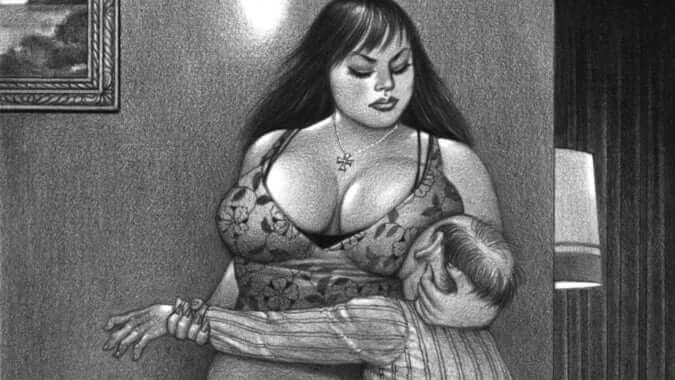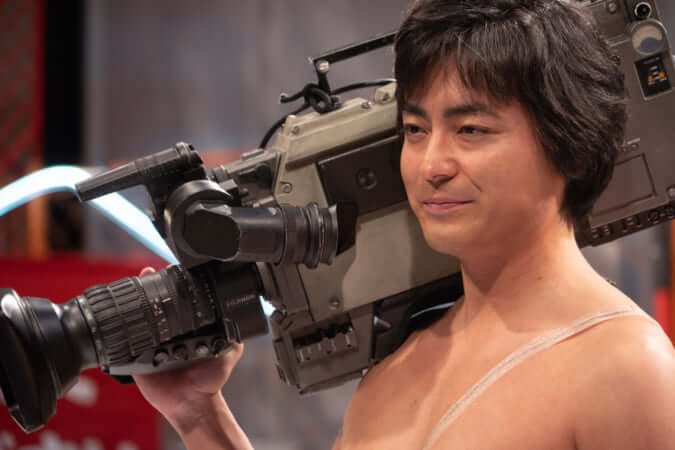Masahisa Fukase’s Family Portraits
In his series ‘Family’, the photographer compiles surprising photos in which he questions death, the inescapable.
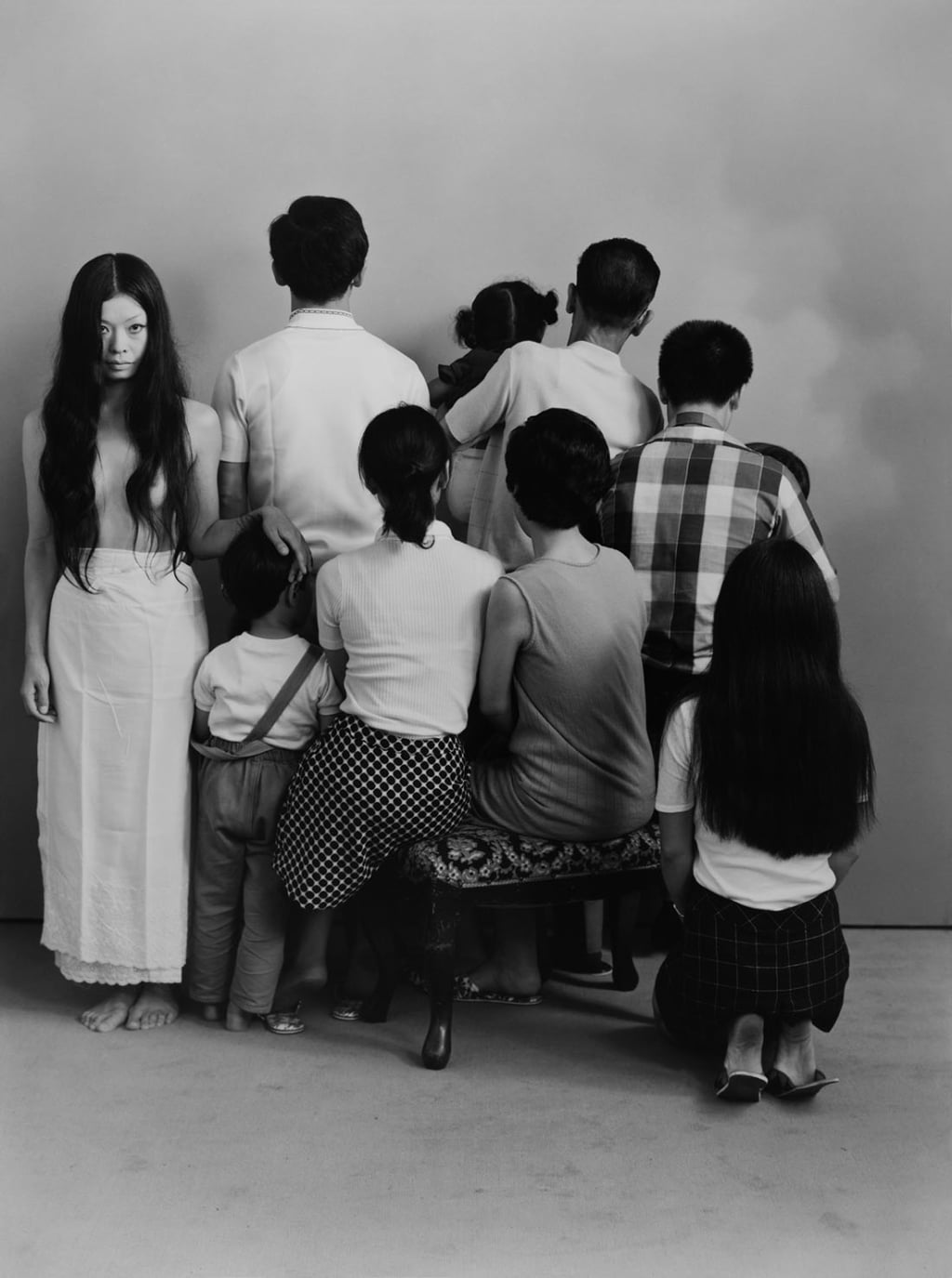
© Masahisa Fukase
In the sober setting of his father’s photo studio in Bifuka on the island of Hokkaido, photographer Masahisa Fukase had his family pose between 1971 and 1975, then again between 1985 and 1989.
Family is a very particular album. The 31 photos depict the Fukase family, sometimes accompanied by perfect strangers. From time to time, Masahisa Fukase invited actresses or models to join the group photo, often posing nude or partially nude.
Death, a character in its own right
In this series, the artist also sought to question death, an invisible character but one that is very present in the photographs. Indeed, as certain family members died, Masahisa Fukase replaced them with a glossy paper version, like in one photo taken in 1987 after the death of his father, in which the latter appears in a frame adorned with a black ribbon.
‘My whole family, whose image I see in reverse on frosted glass, will one day die. This room, which reflects and freezes their images, is in fact an archiving device of death,’ Masahisa Fukase explains in the preface to the first edition of Family, released in 1991.
The album was completed definitively in 1989, when the family photo studio closed down due to bankruptcy. ‘It is a parody of myself as the failed director of the Fukase studio, third generation,’ Masahisa Fukase revealed. In 2019, the publisher Mack republished a new version of the book Family, affirming that the family album itself is not about to be forgotten.
Family (2019), by Masahisa Fukase, is published by Mack.
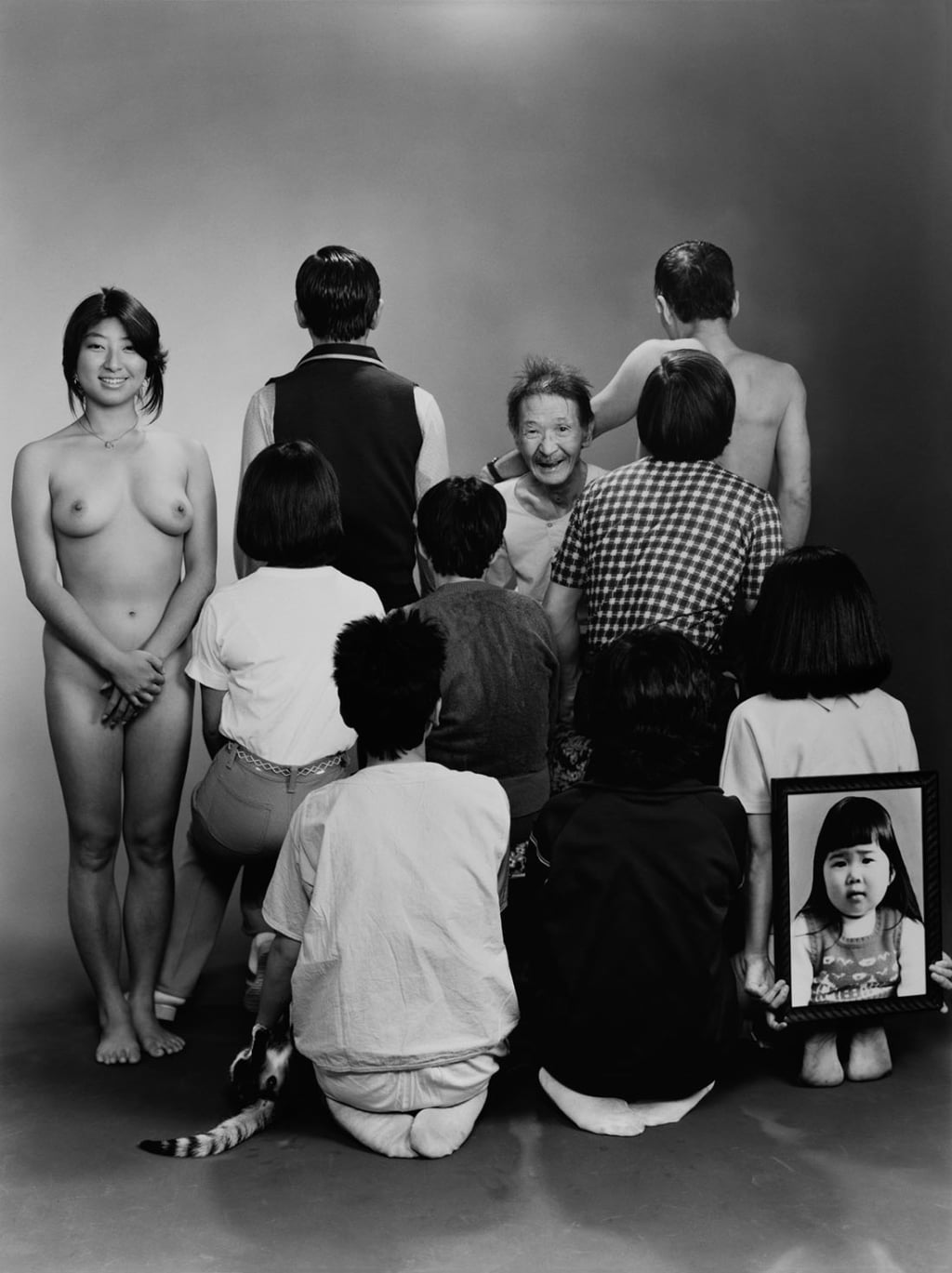
© Masahisa Fukase
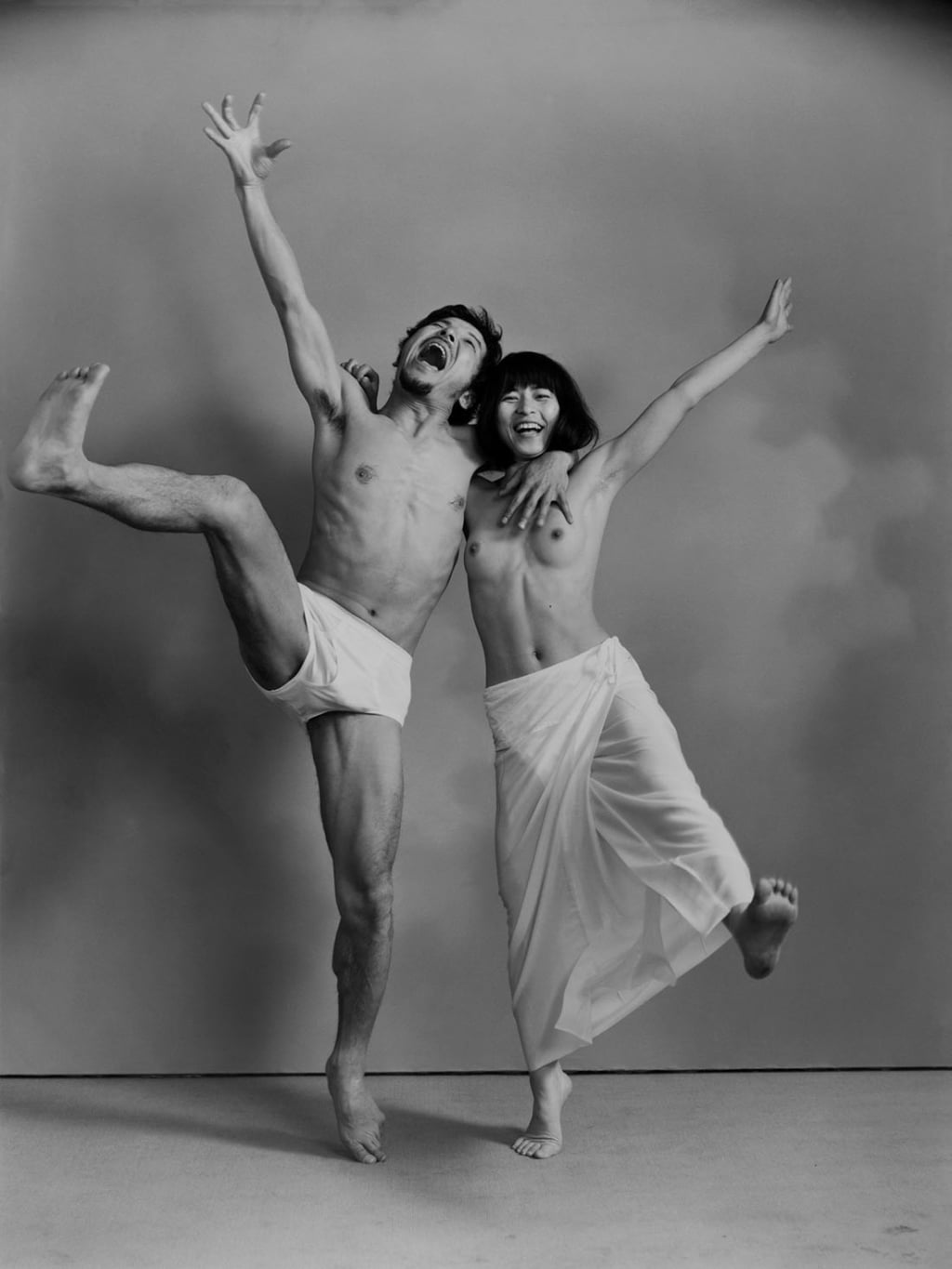
© Masahisa Fukase
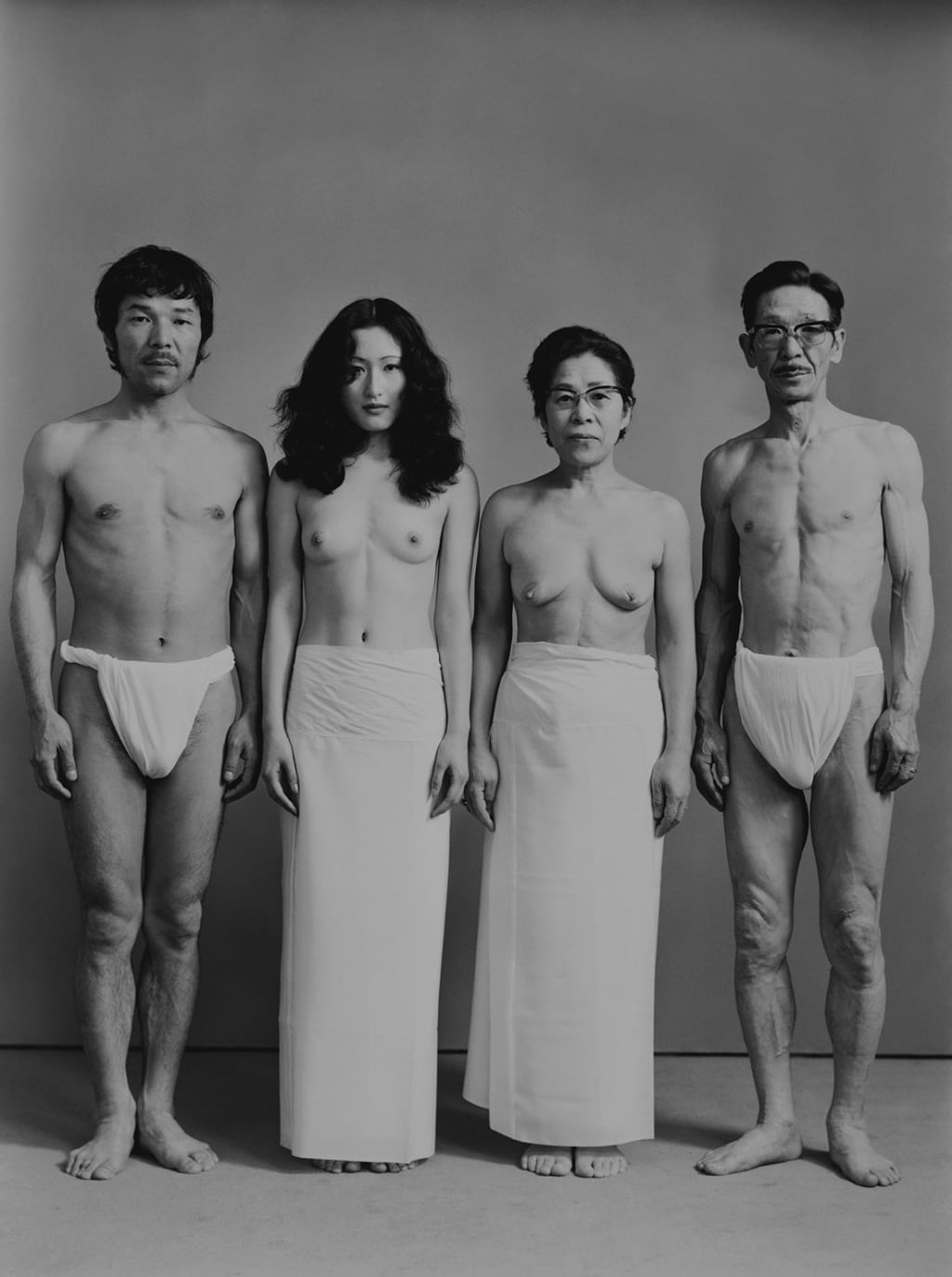
© Masahisa Fukase
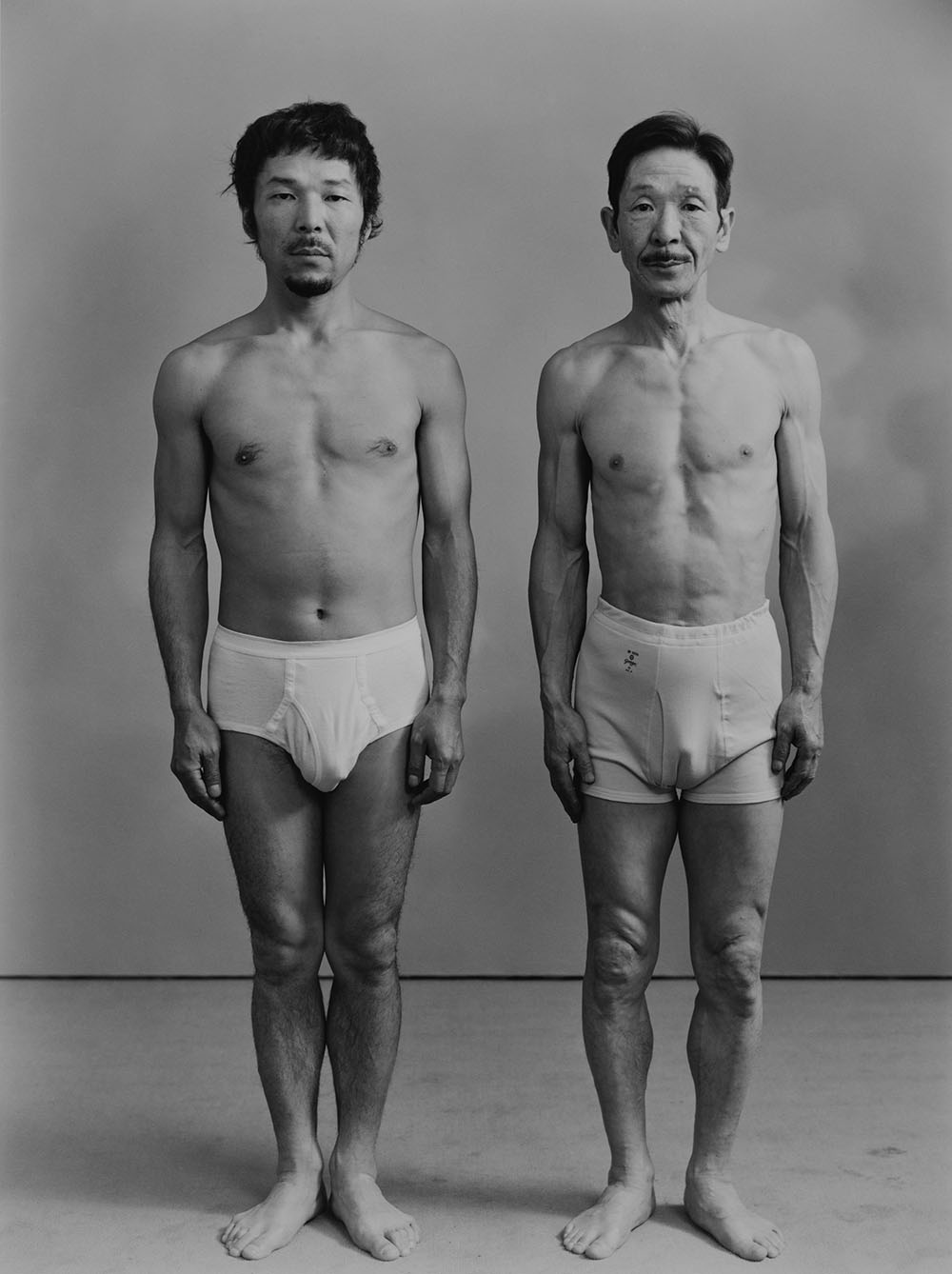
© Masahisa Fukase
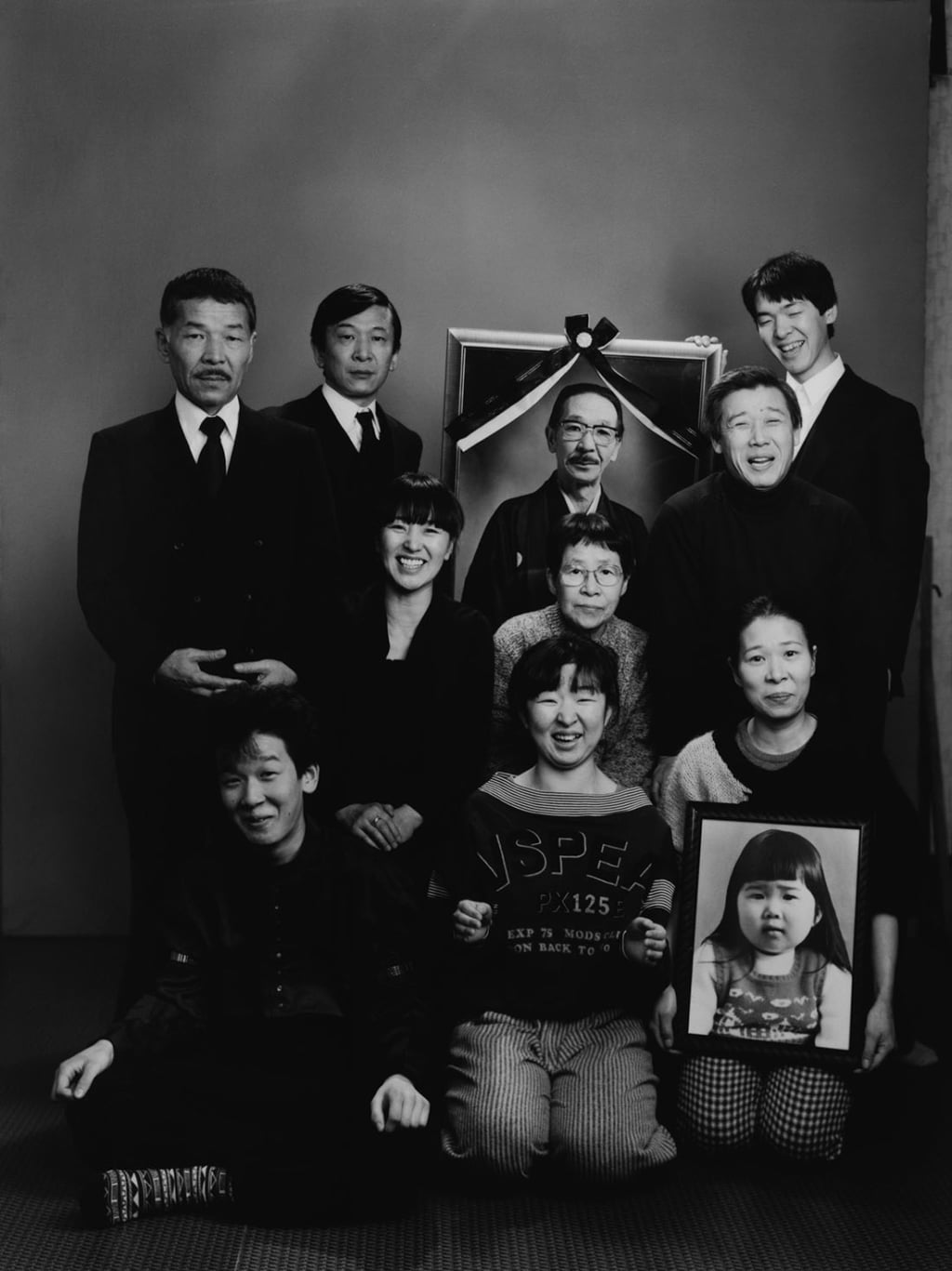
© Masahisa Fukase
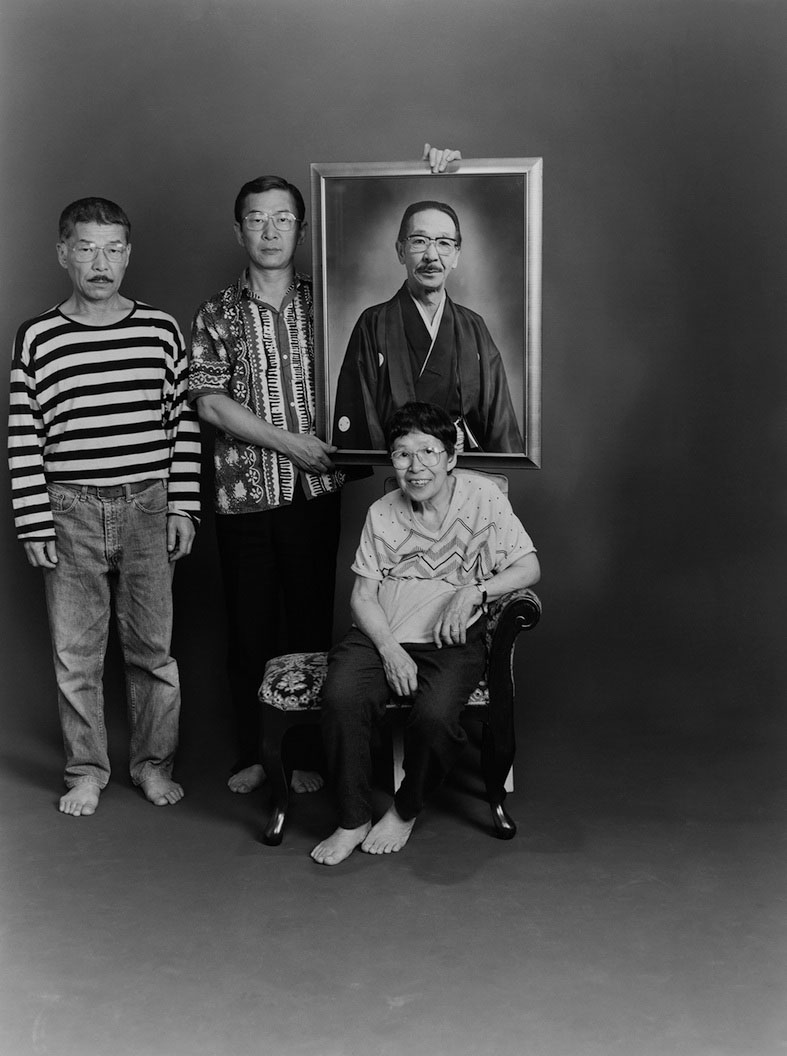
© Masahisa Fukase
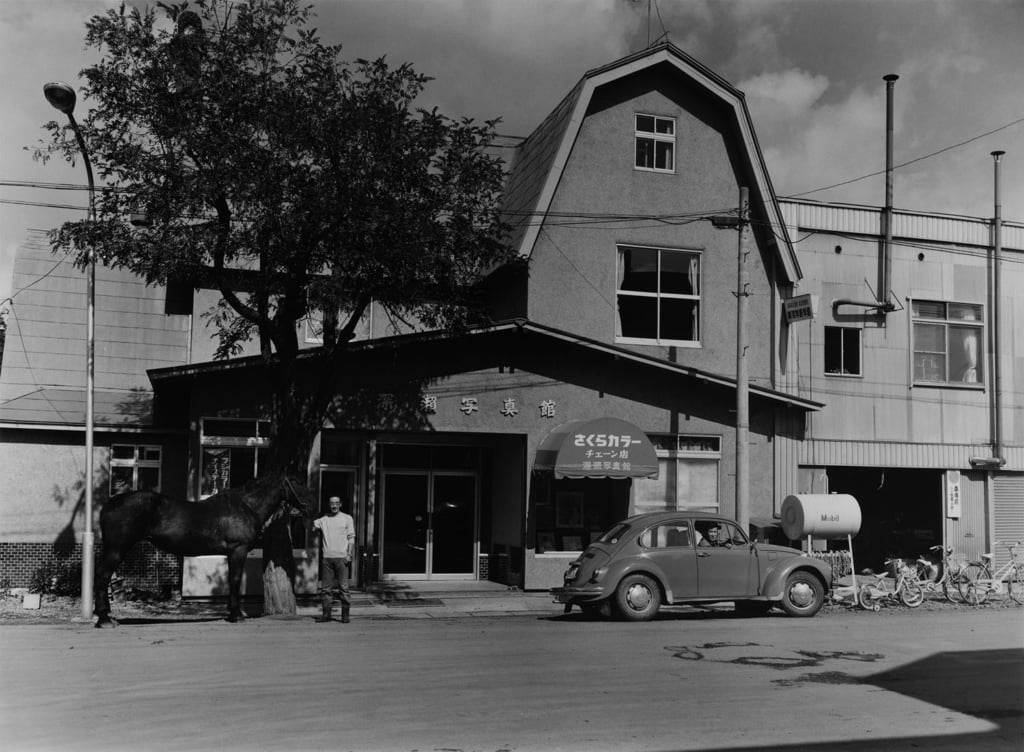
© Masahisa Fukase
TRENDING
-
Ishiuchi Miyako, A Singular Perspective on Women
Recipient of the 2024 Women in Motion Award, the photographer creates intimate portraits of women through the objects they left behind.

-
Recipe for Ichiraku Ramen from ‘Naruto’ by Danielle Baghernejad
Taken from the popular manga with the character of the same name who loves ramen, this dish is named after the hero's favourite restaurant.

-
Namio Harukawa, Master of Japanese SM Art
'Garden of Domina' offers a dive into the world of an icon of ‘oshiri’, whose work has now reached a global audience.

-
The Tattoos that Marked the Criminals of the Edo Period
Traditional tattoos were strong signifiers; murderers had head tattoos, while theft might result in an arm tattoo.

-
The Emperor of Japanese Porn is Now the Star of a Netflix Series
Deliciously funny, The Naked Director especially succeeds in reviving the atmosphere that was so characteristic of 1980s Japan.



